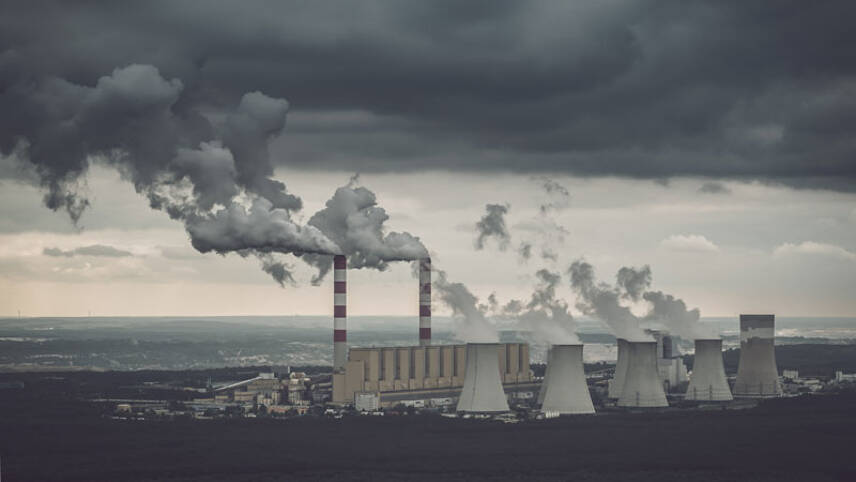Register for free and continue reading
Join our growing army of changemakers and get unlimited access to our premium content

Pictured: Bełchatów Power Station, Poland
That is according to new data on Europe’s power sector and its associated carbon emissions from think-tank Ember.
Ember tracked a 17% fall in fossil-fuelled electricity generation between January and June 2023, compared with the previous half. The fall was steepest for coal, with 23% less coal-fired electricity generated.
This is proof, Ember has concluded, that Europe’s increase in coal during 2022 was temporary. As it continues to implement interventions to get off of Russian fossil fuels, the focus will be on reducing demand and on scaling clean energy rather than finding alternative sources of coal.
All in all, electricity generation from fossil fuels was the lowest in the EU since 2015 – the first year for which monthly data was recorded. Ember thinks it very likely that the last time fossil fuel generation was this low is actually 2000.
Seven EU member states saw their lowest total fossil generation on record for the first half of 2023 – Austria, the Czech Republic, Denmark, Finland, Italy, Poland and Slovenia.
Given the rapid nature of the decrease, the EU has maintained energy security by reducing electricity demand rather than building alternative generation capacity so far, Ember has revealed.
The analysis confirms a 5% decrease in electricity demand in the first half of 2023 compared with the same period in 2022. Demand was slightly (10TWh) lower than during Covid-19 lockdowns in 2020.
2022 saw the EU tabling a new ‘RePowerEU’ package, bringing several energy transition targets and related funding forward in an attempt to edge out Russian energy imports in response to the war in Ukraine. There was new funding to improve building energy efficiency in the near-term, plus an agreement on new energy efficiency targets through to 2030. This will have contributed to a drop in electricity demand.
“We’re glad to see fossil fuels down, but in the long-term, it is not going to be sustainable to rely on the fall in demand to do this,” said one of the Ember report’s authors, Matt Ewen.
“We have to be replacing this energy rather than just expecting it to go away and not be used.”
Renewable deployment
RePowerEU targets a 45% renewable energy mix across the EU by 2030.
This will require a dramatic scaling of renewable capacity deployment. The bloc is aiming to almost treble solar capacity this decade, for example, from 209GW in 2022 to 600GW by 2030.
Ember’s data reveals that solar generation was 13% higher in the first half of 2023 than in the first half of 2022. This was primarily due to capacity additions rather than better generating conditions. Within the same timeframe, wind generation increased by 5% and hydro was up 11%.
Leaders in renewable additions included Greece, Romania, Denmark and Portugal.
Nuclear was down slightly, by 4%, but this was partly due to planned maintenance at some plants and extreme weather impacting generation. Ember is anticipating an uptick for the second half of 2023.
Ember has stated that there still needs to be a further “massive push” for clean energy to edge out fossil fuel imports – predominantly gas.
Earlier this month, McKinsey revealed that the EU still accounts for 8% of global energy-related emissions despite efforts to improve energy efficiency and adopt renewables. This makes it the third largest source of energy emissions behind only China and the US.



Please login or Register to leave a comment.